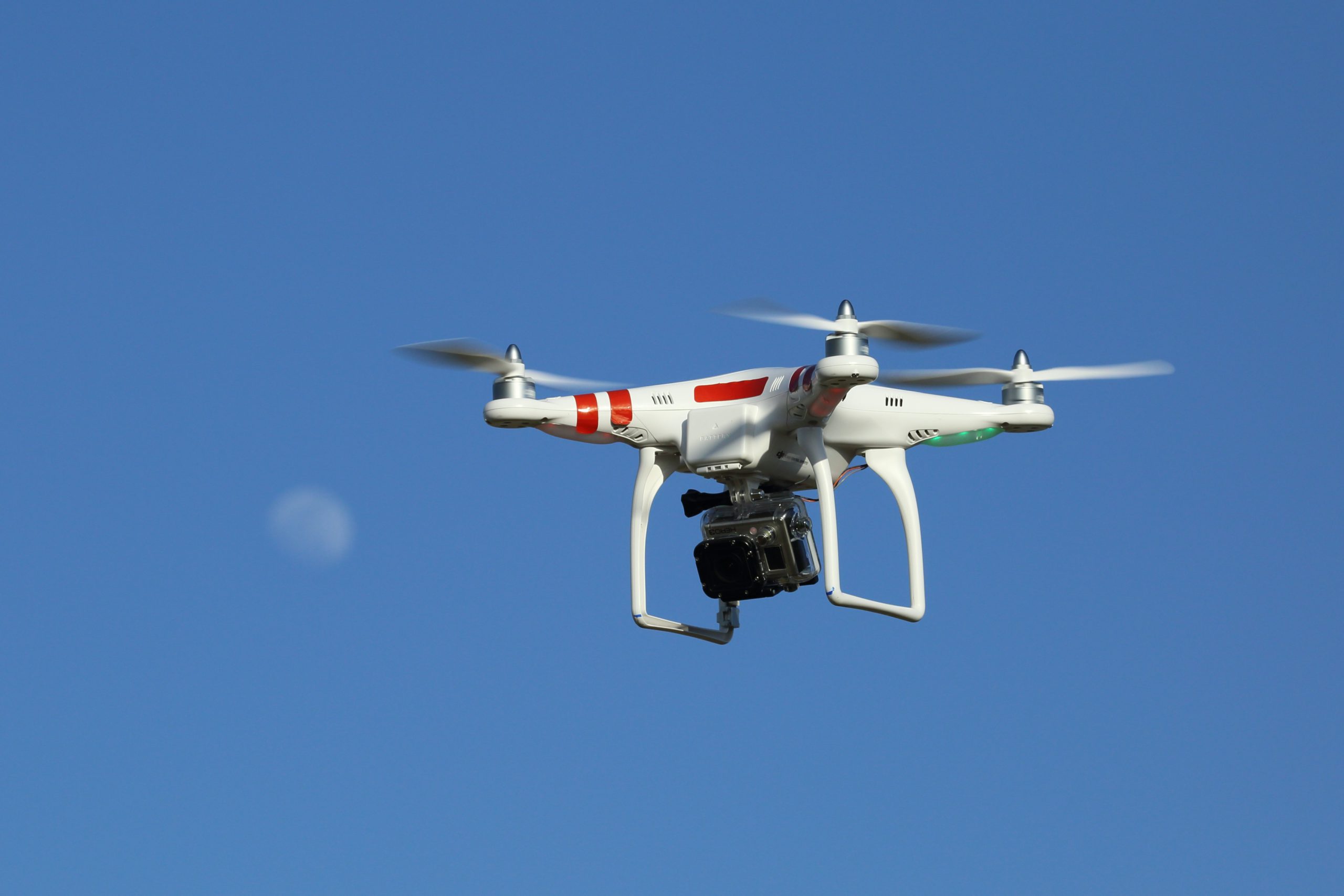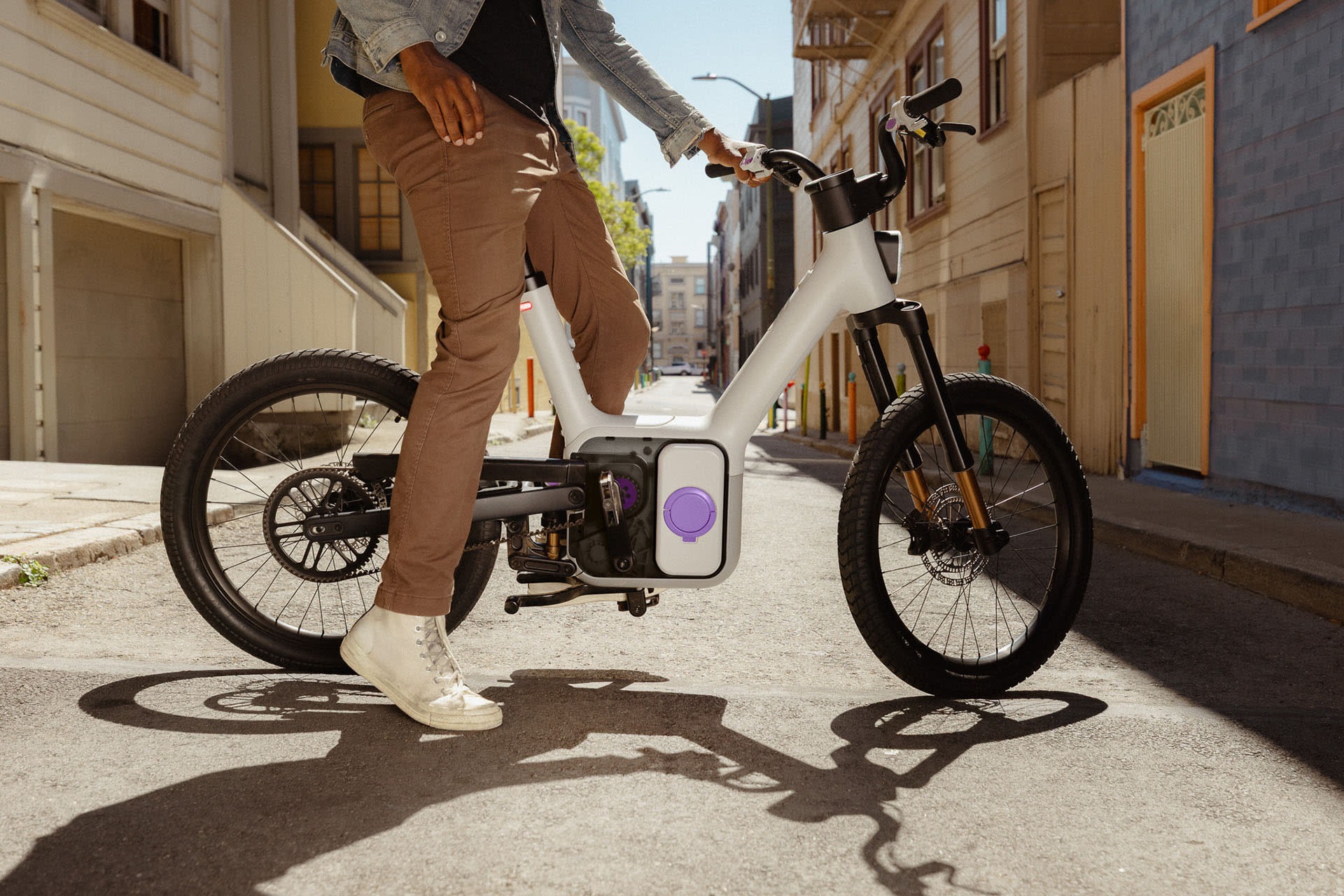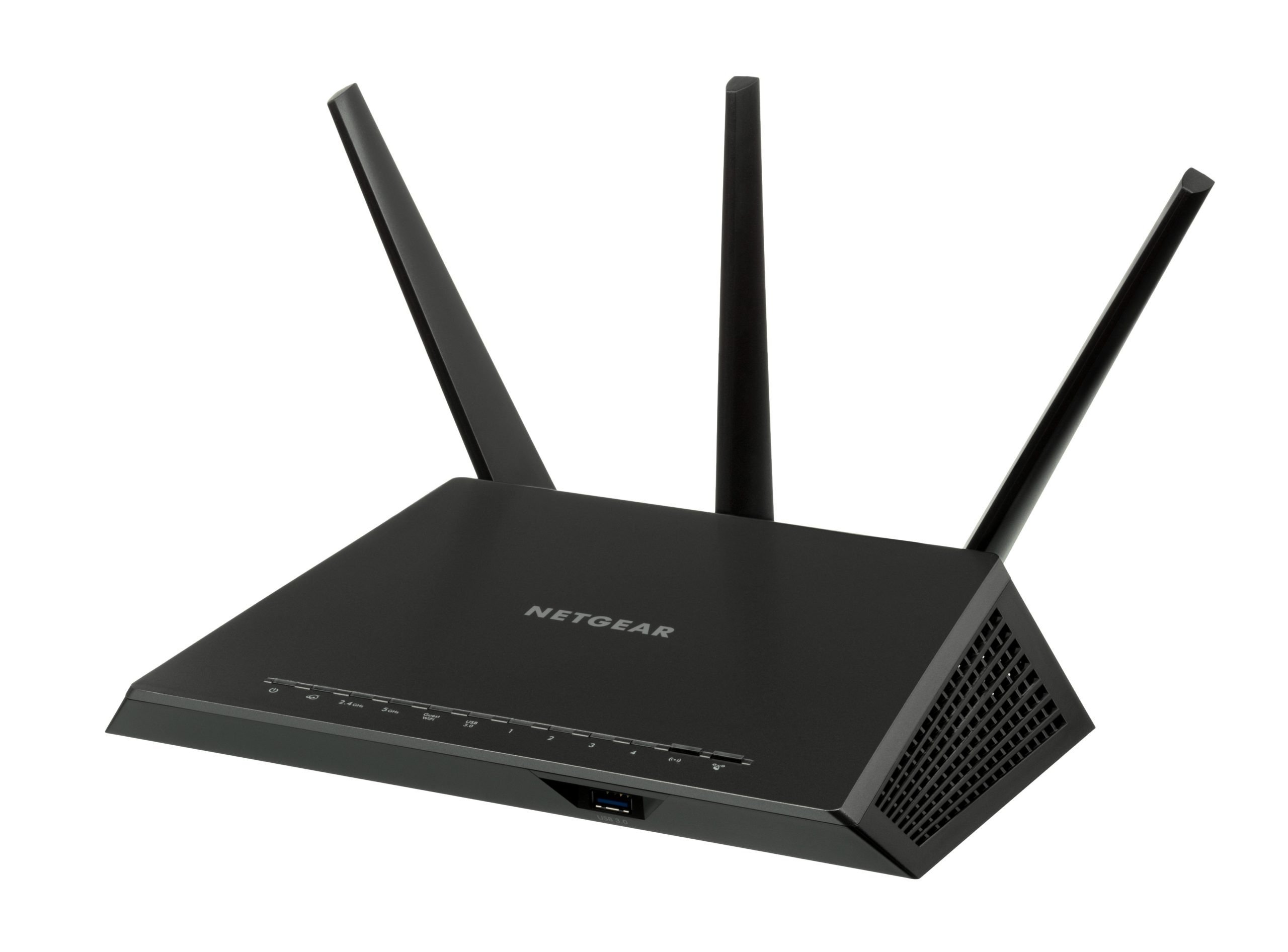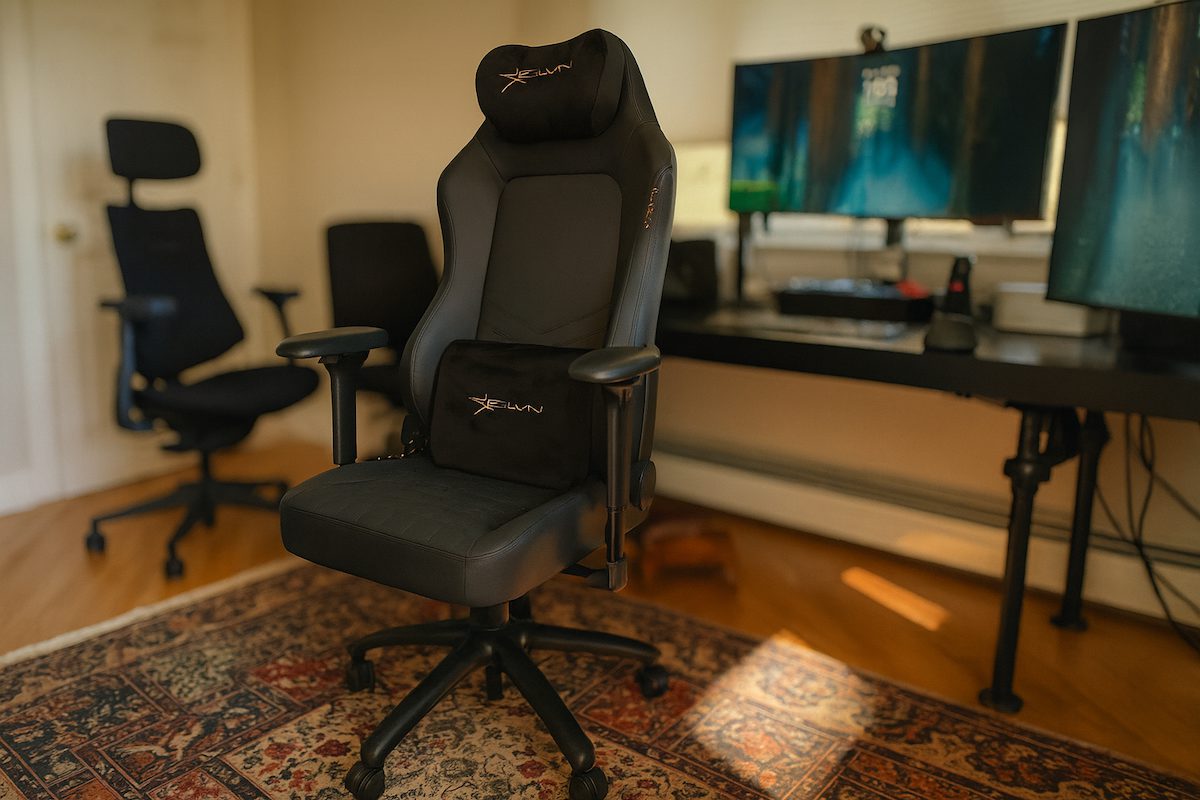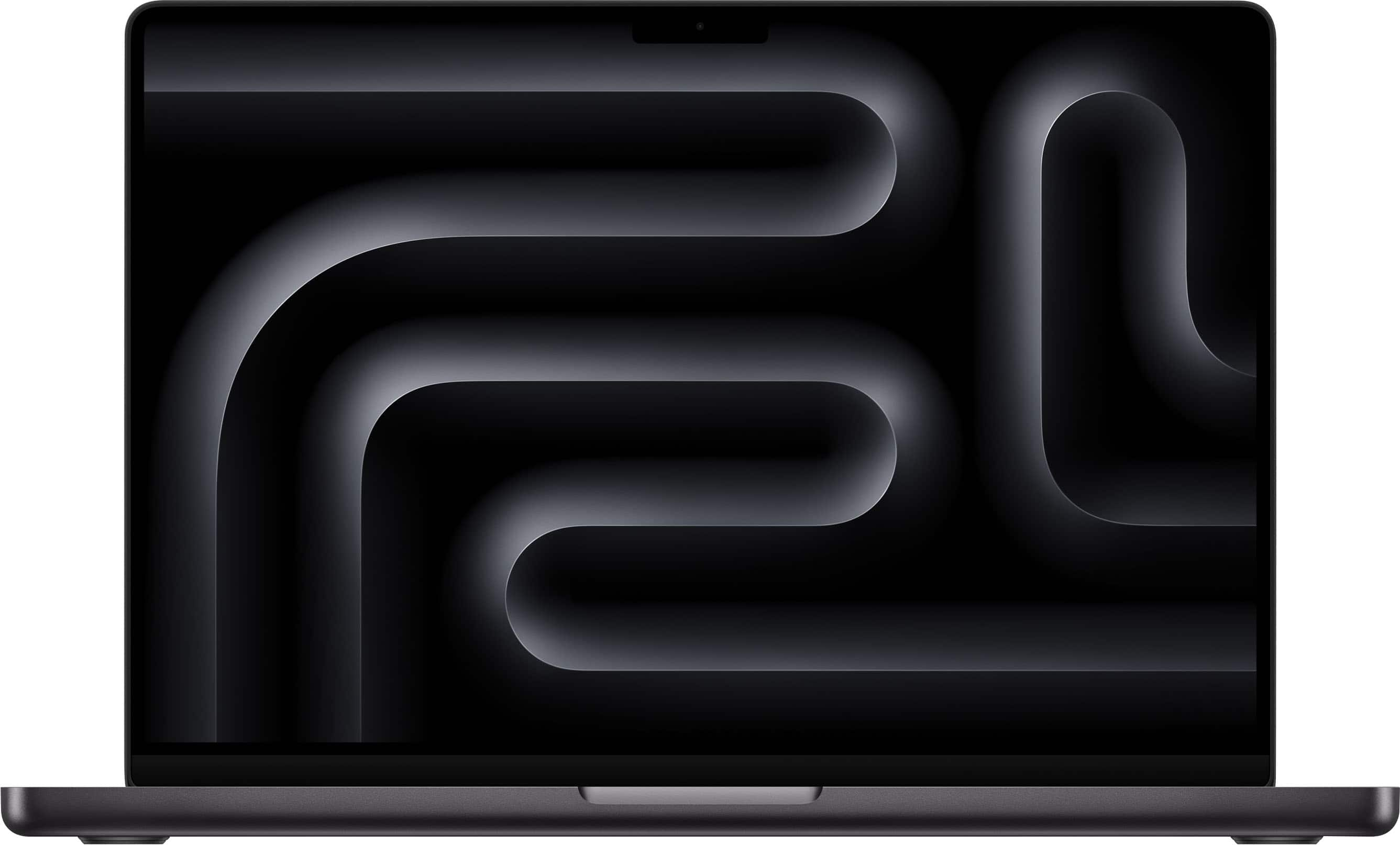The PHOENIX-1 Experimental Spacecraft, developed by Atmos Space Cargo, recently completed a groundbreaking mission that could transform how we return payloads from space. On April 23rd, 2025, this innovative capsule launched to orbit and splashed back down to Earth on the same day, successfully testing several critical technologies for space return logistics. This milestone mission demonstrated Atmos’s novel approach to spacecraft reentry and validated its rapid development process.
Inflatable Heat Shield Technology

At the heart of PHOENIX-1’s innovation is its revolutionary inflatable heat shield, successfully deployed for the first time “under realistic re-entry conditions.” Traditional heat shields are rigid, heavy structures that protect spacecraft from the extreme temperatures of atmospheric reentry. Atmos’s approach transforms this concept with an inflatable design that can be compactly stored during launch and expanded when needed.
The successful deployment of this system marks a significant advancement in reentry technology. When the capsule reached the Entry Interface Point, the heat shield inflated as planned, protecting the spacecraft during its fiery descent through Earth’s atmosphere. This technology could dramatically reduce the weight and volume requirements for return vehicles, potentially making space return missions more affordable and accessible for various applications.
Rapid Development to Flight Testing

Perhaps the most remarkable achievement of the PHOENIX-1 mission is the speed at which Atmos Space Cargo progressed from concept to orbital testing. The company completed the entire development cycle in under 12 months—an extraordinary timeframe in an industry where spacecraft development typically takes years.
This accelerated timeline demonstrates a shift in space industry approaches, embracing rapid iteration and testing over lengthy development cycles. As Christian Grimm, Lead Systems Engineer and Co-founder at Atmos, explained: “Building and launching a space-ready capsule in under a year required tight iteration and testing, good communication, and a team spirit beyond expectations.” This rapid development philosophy could transform how space technology advances, allowing faster innovation cycles and more responsive solutions to emerging needs in space logistics.
End-to-End Space Return Logistics

PHOENIX-1 represents the first step toward Atmos’s vision of creating a comprehensive “return logistics platform” for space. The mission validated several critical components of this end-to-end system, including integration with SpaceX’s Falcon 9 launch vehicle and the establishment of ground control and telemetry systems across South America for optimal coverage during reentry.
While this initial test relied on the SpaceX rocket for its de-orbit burn, future versions will include onboard propulsion systems that allow the capsule to “choose its re-entry trajectory and splashdown zone.” This capability will be crucial for creating a flexible return logistics service that can deliver payloads to specific locations on Earth. The company is already preparing PHOENIX-2 with this onboard propulsion system for a planned launch in 2026, moving closer to their goal of creating “the most flexible, cost-efficient, and reliable end-to-end space logistics platform,” reflecting broader innovations in the evolution of rocket engines.
Real-World Data Collection

A central theme of the PHOENIX-1 mission was the critical importance of collecting real-world flight data. As Jeff Hendrikse, CTO and Co-founder, emphasized: “Technological innovation in space does not exist without flight data. As we are building something new here, most data that supports our technology must come from us. If the science ain’t written yet, you gotta go out there and write it.”
Throughout its brief journey in space and during reentry, PHOENIX-1 transmitted valuable data about its performance and the conditions it encountered. This information is now “undergoing detailed analysis” and will inform the design of future systems. Despite being unable to recover the physical capsule (which splashed down over 2,000 kilometers offshore), the mission successfully delivered the crucial flight data needed to advance the technology. This commitment to collecting real-world data rather than relying solely on simulations exemplifies a hands-on approach to space innovation.
Collaborative Science in Space

Beyond testing its systems, PHOENIX-1 carried several microgravity experiments from partner organizations, including Frontier Space & Imperial College London, DLR, and IDDK. This collaborative approach demonstrates how return capability can enhance scientific research in space.
The ability to safely return experiments from orbit opens new possibilities for space-based research across many fields. As Marta Oliveira, COO and Co-founder, explained: “This mission proves that we’re not only solving the technical challenge of re-entry – we’re laying the groundwork for a future where space is accessible, testable, and impactful for innovation here on Earth.” By providing a platform that can bring experiments back intact, Atmos is helping to create a more accessible research environment in space, potentially accelerating discoveries in fields from materials science to biotechnology.








